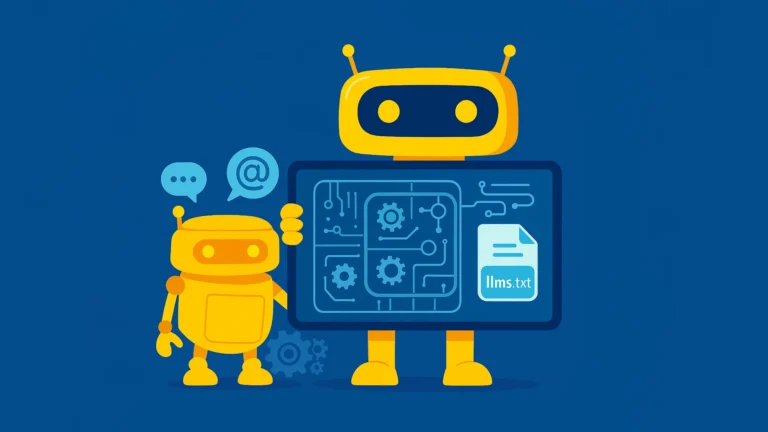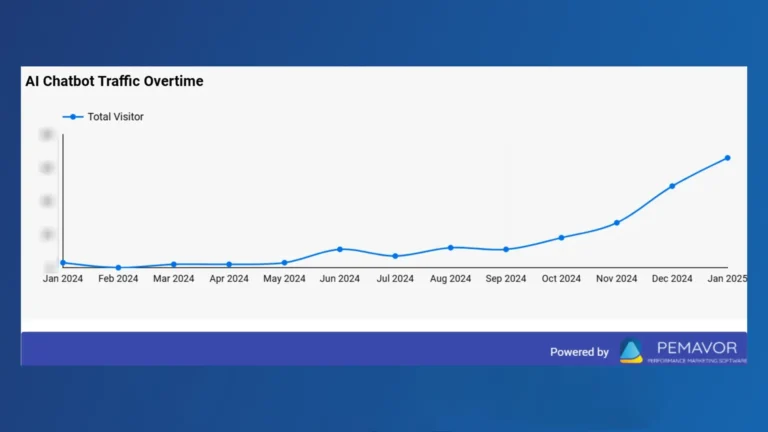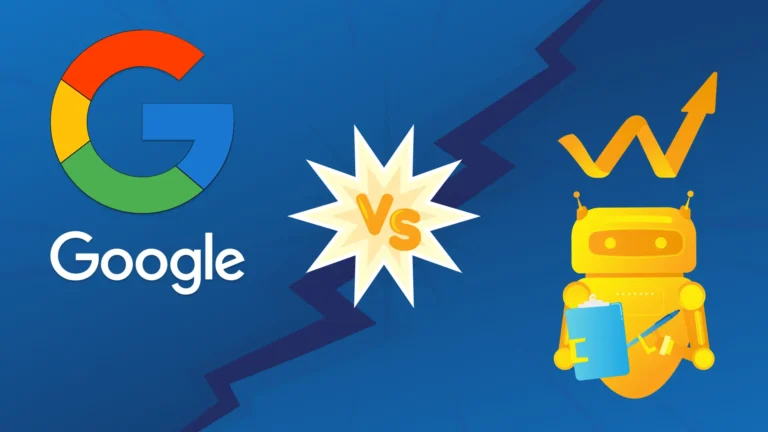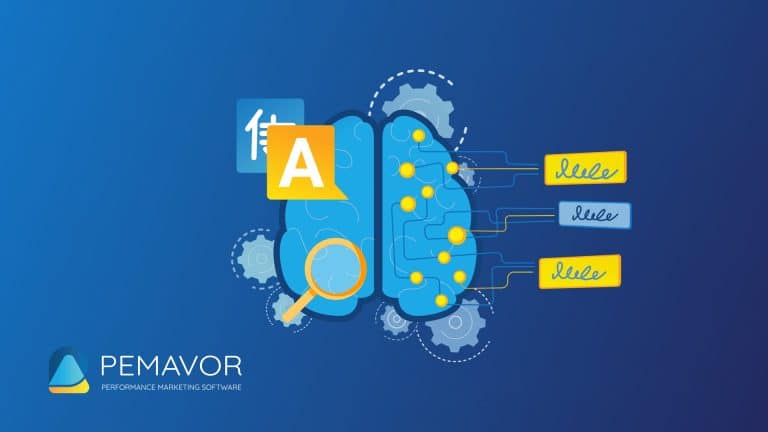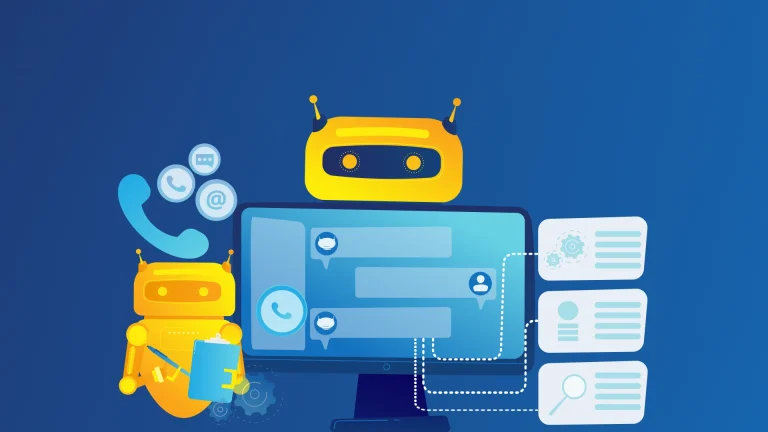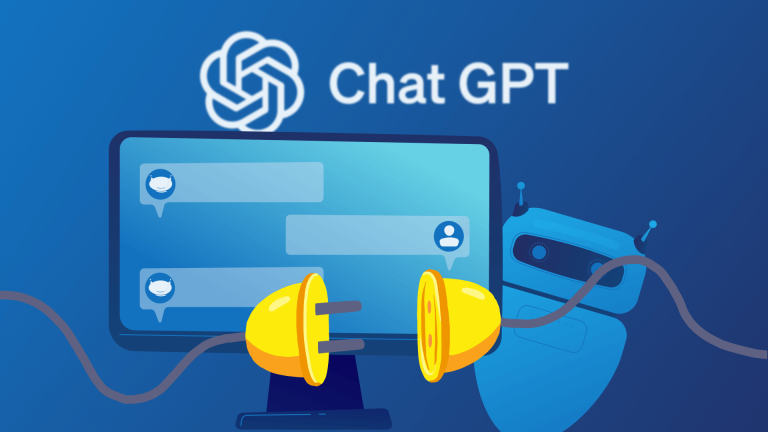It’s time to level up with custom ChatGPT.
Thanks to AI technology, we can move beyond generic strategies with sky-high personalization. For businesses, it means crafting unique, effective marketing strategies tailored to customer needs. This update of OpenAI could change the way brands connect with customers, which would be a big change in the marketing world.
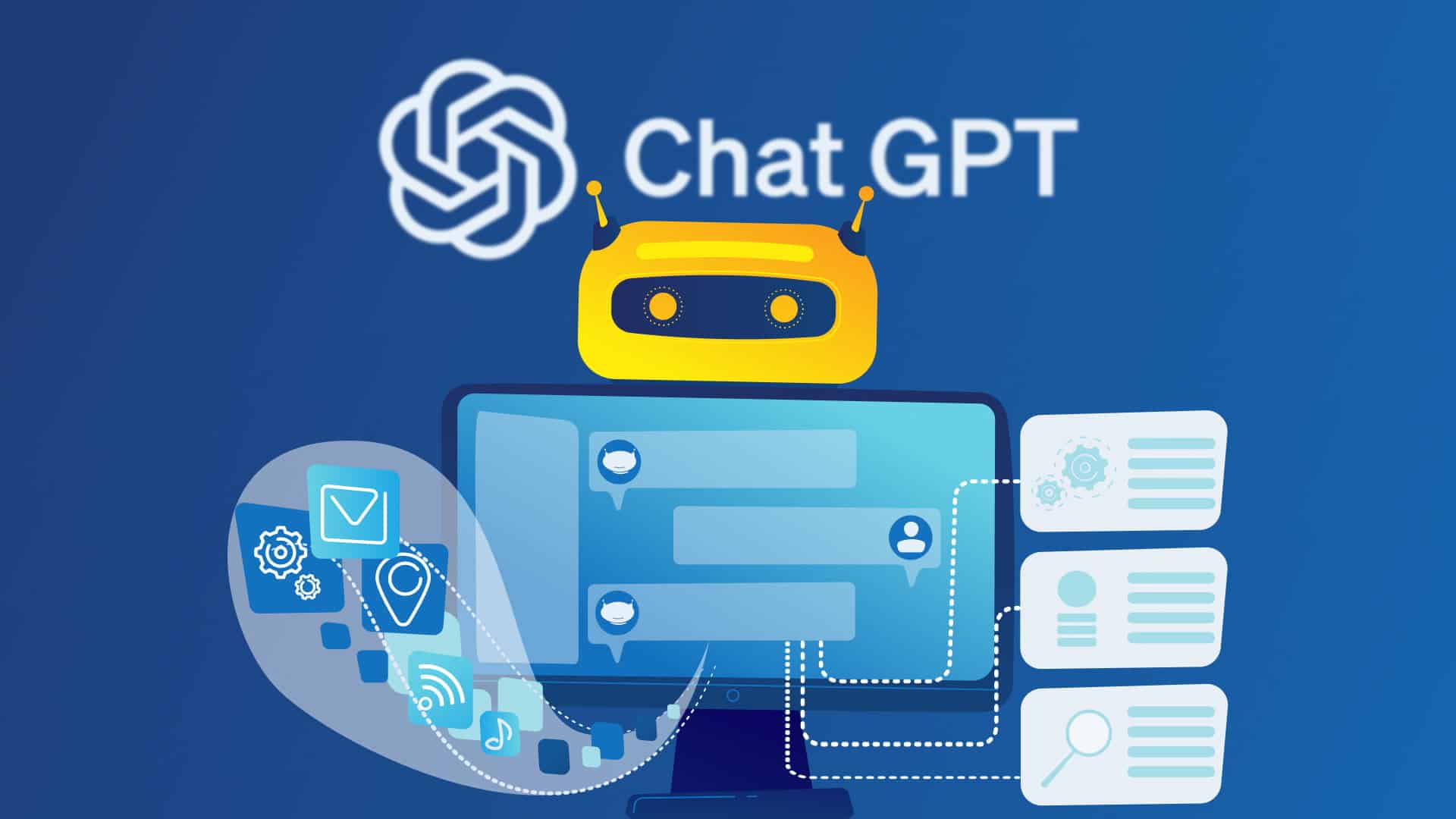
A new era in marketing strategies
ChatGPT’s human-like response ability has already opened the door to innovative marketing approaches. Through custom ChatGPT, businesses can now also reflect their unique voice and values with customers.
From automated customer service to personalized content creation, you can use custom ChatGPT.
Furthermore, those bots are useful tools for modern marketeers. First, they allow businesses to address specific marketing challenges, such as providing better customer service and sending personalized marketing messages.
ChatGPT and SEO
Custom ChatGPT can provide personalized SEO strategies depending on your specific industry needs. Custom ChatGPT digs into user preferences and SEO trends to craft compelling and relevant content with their unique voice. This approach elevates website authority and relevance, ensuring content appeals to search engines and real users.
- These chatbots can be programmed to understand and respond to specific industry-related queries.
- They analyze user preferences and SEO trends to produce relevant and compelling material.
It’s all about creating a more interactive, user-focused experience that aligns with modern SEO practices.
Hyper-personalization in marketing with ChatGPT
Custom ChatGPT takes marketing to new heights of personalization. Businesses can automate and refine content tailored to customer preferences via custom GPT bots, from emails to social media posts, by ensuring that each communication speaks directly to the consumer’s interests and needs.
Moreover, it also provides deeper insights into customer behavior. These insights from custom ChatGPT bots enable businesses to make informed, data-driven decisions. This informed approach leads to more effective and efficient marketing strategies driven by real-world data. Plus, it results in higher engagement and conversion rates.
Ethics in the AI marketing
As custom ChatGPT becomes an integral part of marketing, ethical considerations arise. The use of AI bots for data analysis and consumer insights must be balanced with respect for privacy. Ethical deployment of these technologies involves transparency, consumer consent, and personal information safety. That’s why building your custom chatbots comes with a responsibility to uphold these ethical standards.
Hallucinations are problems when artificial intelligence responses produce seemingly confident but false or fabricated information. This concern, of course, is also true of ChatGPT. Hallucinations can occur in false facts, misleading statements, or references to non-existent sources. So, can this problem be prevented with custom GPTs? You may eliminate hallucinations by feeding your company’s GPT with specific company data and having control over its responses.
Integrating ChatGPT effectively
We should accept. This is our new reality. That’s why AI techs are essential for future-proofing marketing strategies. Businesses should consider how to use custom ChatGPT bots and integrate them seamlessly into their existing marketing frameworks. Building your own bot should align with overall business goals and ensure these AI solutions enhance customer experiences and drive business growth.
From creating engaging content to offering personalized experiences, custom ChatGPT bots are redefining the boundaries of digital marketing. As businesses continue to build their custom chatbots, they open up many new ways to grow and innovate.
Users can share their GPTs directly with each other in an app store for AI chatbots. However, OpenAI will launch it later this month, where “verified builders” can share their GPTs. The most popular GPTs will be on the top list and make money based on how many people use them.
How to create a custom GPT using the conversational GPT Builder
By creating or configuring, you can have your very own custom ChatGPT. The best thing is no need to be a coder.
Before creating:
- Determine what you want your custom ChatGPT to do. This could range from customer service to generating specific types of content.
- Collect the data ChatGPT will need to learn from. This includes text relevant to your use case, like customer service transcripts, product descriptions, or any other material relevant to your goals.
Build your own custom chatbots
- Open your OpenAI account on ChatGPT.
- Click on your name and “MyGPTs”.
- Click the “+” button to create a GPT.
- Create: type what you want to make. For example, “Make a software engineer who helps format my code.” Then, the GPT builder automatically fills out the configure section. As you wish, you can edit these parts. You can use the collected data to train your ChatGPT model. This process involves feeding the data into the model and allowing it to learn from it.
- Or Configure: More experienced users can customize GPT by entering details about GPT in the Configure section.
- Name your GPT.
- Add a short description of what this GPT does.
- Give instructions about what this GPT does. How does it behave? What should it avoid doing? Instructions can be up to 8,000 characters in length.
- With Conversion Starters, you can present pre-written prompts or questions to users. These make it easy to start a conversation with AI. Users prefer to use these questions when they don’t know what to ask.
- Upload files to Knowledge for GPT’s reference in responses. GPT Builder allows text files, PDFs, and images up to 25MB. These files enhance response accuracy through content analysis.
- Enable Capabilities like web browsing, advanced analysis, and DALL·E 3.
- Actions enable integration with third-party APIs or OpenAI schema.
- Save your GPT as a private, public or direct link.
After creating:
- After the initial training, fine-tune the model for your specific needs. This might involve additional training rounds with more targeted data.
- Test the model with real-world scenarios to ensure it responds as expected.
- Integrate the model into your desired platforms, like websites, apps, or other business systems.
- Continuously monitor the model’s performance and updates to maintain accuracy and relevance.
Once published, your custom GPTs will appear in the sidebar under ChatGPT. Plus, you can find them under My GPTs
How to edit your custom GPT
- Click Explore in the sidebar.
- Click Edit next to the GPT you want to modify.
- Update your GPT settings.
- Click Update, then click Confirm.
How to delete a custom GPT
- Click Explore in the sidebar.
- Click the (…), then click “Delete GPT.”
How to use custom GPT in marketing and SEO
ChatGPT applications may reshape your company’s interaction with customers, streamline operations, and leverage data for decision-making. Therefore, you can create custom Chatbots for any marketing purpose. However, the more you train your GPT with PDFs, images, etc., the better results you will get.
- Personalized Communication: Craft unique email campaigns, social media posts, and chatbot dialogs with custom GPTs.
- Market Analysis: Use custom GPTs to distill customer feedback and social media insights, identifying market trends.
- Quality SEO Analyzer: Custom GPTs enhance content with relevant keywords to improve search rankings.
- Ad Copywriting: Create compelling, targeted ad copy across digital platforms using custom GPTs.
- Topic Idea Generation: Generate diverse content ideas with custom GPTs.
- Web Quality Analyst: Assess content’s Experience, Expertise, Authoritativeness, and Trustworthiness with custom GPTs to align with SEO quality standards.
Frequently Asked Questions (FAQ)
What is Custom ChatGPT?
Custom ChatGPT is a customizable version of OpenAI’s GPT model, modified for specific applications or needs.
What is GPT?
GPT means “Generative Pre-trained Transformer”.
How can I access GPT Builder?
Open your account on chat.openai.com and click the “Explore” button in the sidebar, then click the “Create a GPT” button.
Can I build my own custom chatbot with ChatGPT for my business?
Yes, you can. ChatGPT Plus will allow users to train their own GPT. We’ve already explained how to build a custom ChatGPT above.
Can ChatGPT be customized?
Yes, users are now able to create customized AI chatbots for any purpose and industry.
Can I add my own data to ChatGPT?
You can add your data in various formats, like text and PDFs.
Why should you create Custom GPTs?
Depending on your needs, you can create custom GPTs for many reasons.
Can I create a custom GPT for free?
Now, only Plus and Enterprise members can create custom AI chatbots.
